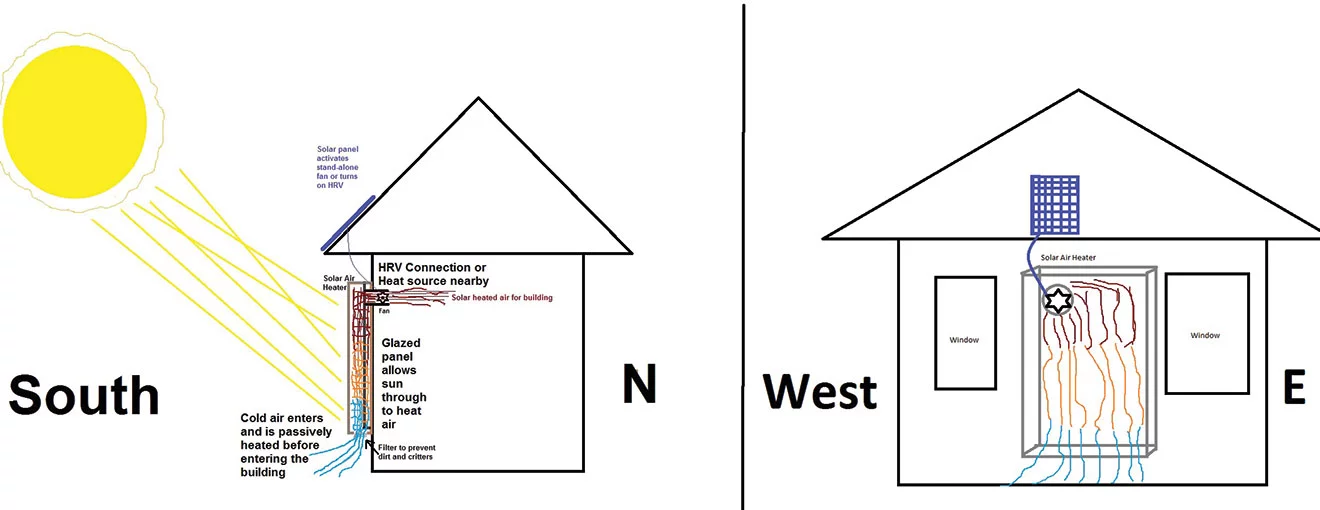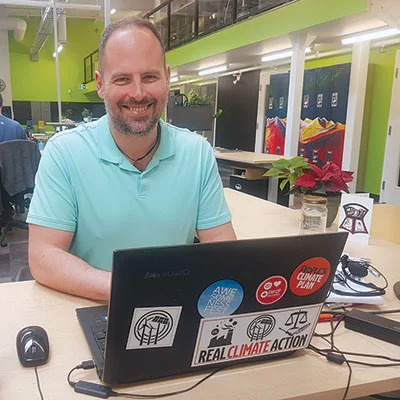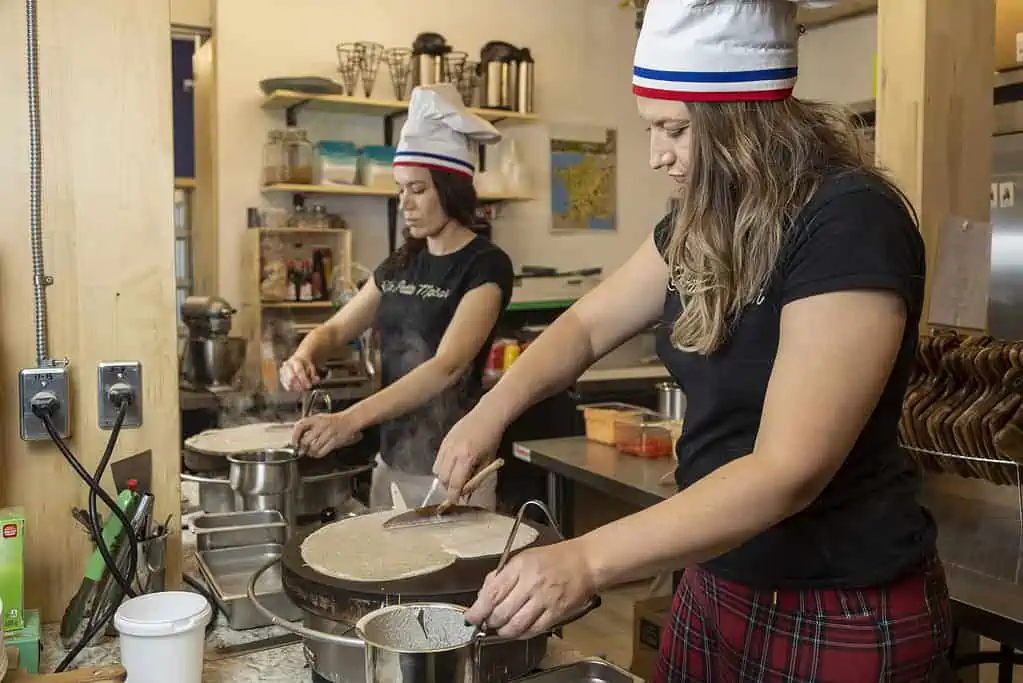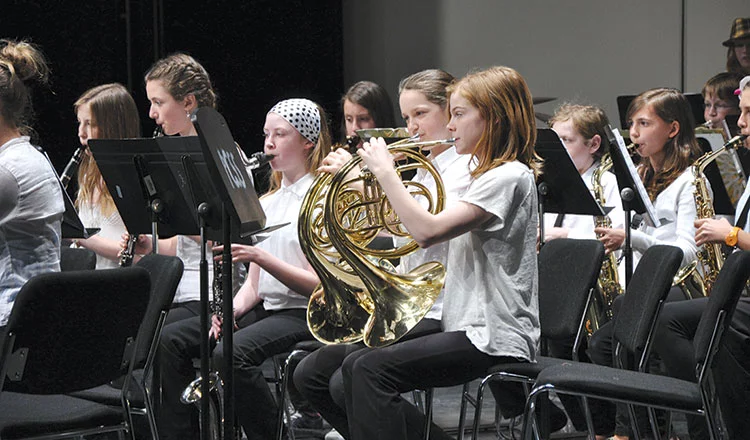Solar air heating panels could be mounted on the side of the house
Energy efficiency and well-ventilated healthy air. Yukon Innovation Prize finalist Shane Wolfe is attempting to maximize the potential of heat-recovery ventilation (HRV) units that are integral for those two concepts to co-exist in a building. Northern construction has worked extensively to balance efficiency and ventilation because, as buildings become more insulated and efficient, the amount of fresh air capable of circulating into the structure is reduced. The unit helps keep the building ventilated, while preserving the heat already inside.
However, these HRVs consume electricity from the grid to operate and that is a leakage on the energy efficiency calculation for that building. That leakage is where Wolfe’s project, which uses solar air heating, could make a difference, particularly in the North where energy-efficient housing is in demand.
“Solar air heating is really applicable here because it’s sunny and cold,” Wolfe said. “The biggest known issues for air quality is underventilation. Underventilation leads to mould, maintenance issues and it needs to be replaced.”
The solar air heating would replace the heating demands of an HRV on the grid with scalable units that would keep them warm. Wolfe has seen the concept work in Saskatchewan where he lived before moving to the Yukon.
“In Saskatchewan, it was an integrated design,” he said. “I worked with the post office and it was minus 14 C and cloudy. The unit heated to 13 C. That’s a 27 degree swing.”
Wolfe envisions the technology having multiple applications throughout the North. This includes houses, garages, smaller commercial spaces or barns—essentially anywhere ventilation is needed for health. And the technology would be backwards compatible, according to Wolfe. An overcrowded house could retrofit the solar air heating to add extra ventilation, or it could be done as a standalone interface with the HRV.
“I would like to make this into an ecosystem that encourages retrofits for energy efficiency,” he said. “Solar air heating could be a major component of that retrofit.”
The size of each unit would be scalable, but the smallest would measure one metre by one metre in size. Wolfe noted that it would achieve the best efficiency to use the largest size that could be accommodated. He also imagines that the panels could one day be integrated into the design features of a building, so that they are simply part of the angles and corners in new builds. It will be a curve to get people to adopt it, but Wolfe believes that payoffs could be huge. He notes that the Yukon spends approximately $60 million on fossil fuels for heating annually. Reducing that amount of energy by even 10 per cent presents a huge opportunity.
“People need to understand the tech first,” Wolfe said. “It doesn’t need to fill the full heating gap. It can have an impact in part of the gap.”The work is just one part of his ongoing passion as an energy auditor with a desire to help people make better and more energy-efficient buildings. Wolfe has dedicated himself to it through his work on FutureProofMyBuilding.com.
“People can’t thrive if they’re not healthy and ventilation is key to health,” said Wolfe. The 2019 Yukon Innovation Prize is presented by the Cold Climate Innovation Centre at Yukon College and the Department of Economic Development. The four finalists were selected for the high commercialization potential. They were provided $10,000 to further develop their ideas. The prize winner will be announced in late June and will receive a further $60,000.






